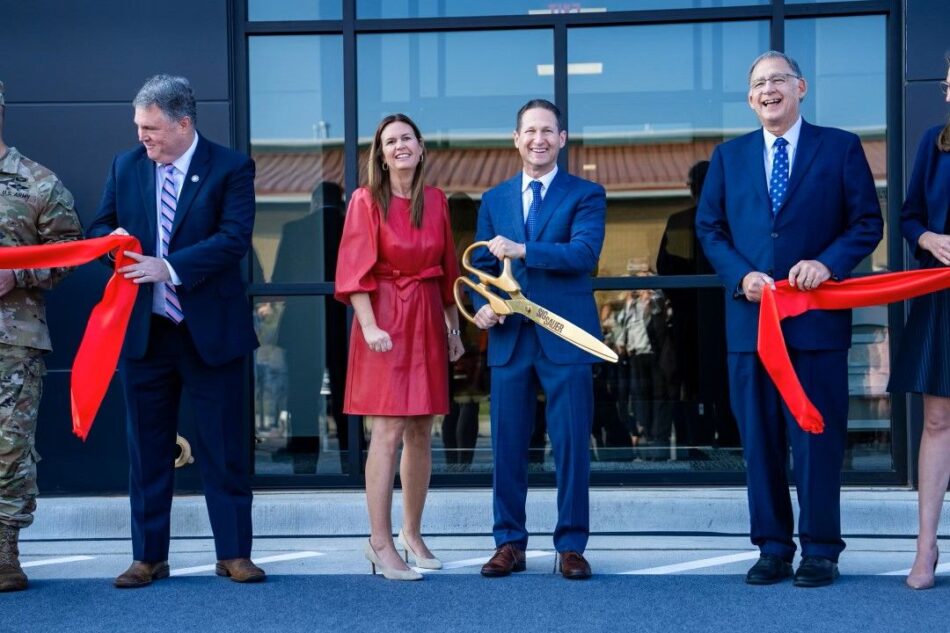Point-Of-Sale Systems
They Got The Name Wrong!
One of the biggest decisions facing prospective as well as established dealers alike is determining which point-of-sale (POS) system they’re going to choose for their facility.
Once selected, it’s quickly apparent there’s a steep learning curve to get “live” and ready for use. (Due to the typical frustrations and efforts of getting it up and running, an alternate definition of “POS” is often evoked.)
All this negative sentiment over a system that, by and large, will be used to ring up sales just doesn’t seem worth it to many. After all, it’s what a POS is used for in a store 90% of the time.
In my humble opinion, the name “point-of-sale system” does a huge disservice to these pieces of software — as most of their value has nothing to do with ringing up sales. These systems can cost tens of thousands of dollars and require dozens (or hundreds) of hours to set up appropriately, yet most retailers only tap into the most basic functions the system can provide.
POS systems are capable of so much more! Let’s explore how using your POS system can help pay for itself in less than a year.
Think Of It In New Terms
When it comes down to it, a better name for these systems might be “Profit Management System” — but that acronym has a bit to be desired. Instead, how about we repurpose the name and call it a “Profit Optimization System.” For the readers who are already an established retailer using a POS, the first powerful step capable of producing instant free cash is inventory optimization.
Using historical selling data to manage inventory levels and determine proper levels of in-stock inventory — yet not buy to excess levels — can be the single fastest means to free up valuable cash. Managing a store to have 90 days of inventory of any item on hand at any one time can liberate tens, and even hundreds, of thousands of dollars of cash tied up in excess inventory. This step alone will more than pay for your POS.
Let’s not leave out those looking at onboarding a POS for the first time. In the rollout of a new POS, one of the most time-consuming and crucial efforts made is getting the hierarchy of product departments and categories correct. By investing time and thought into how you break down the groupings of products being sold, you can greatly affect the ability to make sound purchasing decisions for the store.
According to Dan Compeau, Retail Technology Group manager of inventory performance, structuring your inventory data into similar groups will allow the data to clarify purchasing decisions.
“Break down your inventory into smaller buckets to better understand profits and margins. This will enable you to make good inventory choices because you can base them on data,” he said.
“Properly assigning and managing inventory at the manufacturer level puts the power in your hands to make smarT brand decisions.”
Dan Compeau Manager of Inventory Performance Retail Technology Group
The Art Of Inventory Management
Sure, there’s also an art to inventory management. Knowing if a new product is a good fit for your store is largely based on expertise and knowledge of your local market.
Going by gut instinct alone can, at times, enable an inventory manager to pick a winner. However, a second layer of data to help support the “art” goes a long way to making more consistent and profitable decisions. By leveraging the historical data to better understand the strength of the local market, via similar products, the data may not be telling you what to buy, but it can help decide how many units to purchase.
When Memory Doesn’t Serve …
Here’s another consideration: you arrive at your store bright and early and decide to “walk the floor” before the store opens to sort out what you need to order for the day. You see numerous empty pegs and wonder, “What was on those pegs and how many do we usually carry?” You then see another peg, and recall, “I just ordered four of those last week and we’re out again! I’ll just order 10 of them so I don’t have to worry about it for a while.”
The problem here is two-fold. One is it’s hard, if not impossible, to manage more than a few-dozen products on any given day and hope to make quality decisions based on a pen and paper system. Second, we’ll often end up either overbuying or neglecting to buy popular products if we depend on memory to manage orders.
Instead, what if you went to your POS and printed out a sales report to see what was sold yesterday? It would reveal how many units sold, which ones are getting critically low on inventory and what a sensible reorder quantity is based on historical sales — which not only helps you make smarter decisions, but also able to manage far more items in one day.
Compeau added: “Properly assigning and managing inventory at the manufacturer level puts the power in your hands to make smart brand decisions.”
Being able to extract brand-level data lets you make critical decisions around “should I buy from distribution or go manufacturer-direct?” Retailers regularly take the plunge to buy inventory manufacturer-direct way before they have the horsepower to do so profitably. Having hard data to support the right decision can help direct tens of thousands of inventory dollars toward the most profitable uses.
The other side of the coin is having quality brand data can help indicate when it’s time to abandon a brand of products because they’re no longer selling at profitable levels. By optimizing brands from both ends of the scale — growth and decline — the POS data can help keep your inventory market-relevant and profitable.
”Going past product management, a well- appointed POS can give you powerful insights into sales team productivity.“
Business Or Charity?
Going past product management, a well-appointed POS can give you powerful insights into sales team productivity. All too often, facilities struggle to post bottom-line profits not because they’re mismanaging inventory, but rather their sales- staff. By running reports on sales- staff performance, it can be quite easy to separate the wheat from the chaff regarding team members.
In my experience collaborating with retailers, it’s common to have members of the sales team being paid more than the amount of profit their efforts are generating. Having this visibility of real performance metrics allows management to coach team members to improve their abilities and post profits beyond their paycheck. If a team member is being paid more than they produce you are running a charity not a business.
By committing to using your Profit Optimization System via all the visibility it affords, you’ll find — in short order — your facility squeezing out extra profitability in places you might never have found otherwise.
With the complexity of running a store today (both a physical storefront and online) the die has already been cast, and a POS is no longer an option but a necessity. I challenge those reading this to use their POS today in some new way and see the power data can bring to managing their business. Once you get a taste of the extra profits, you’ll only crave more!







